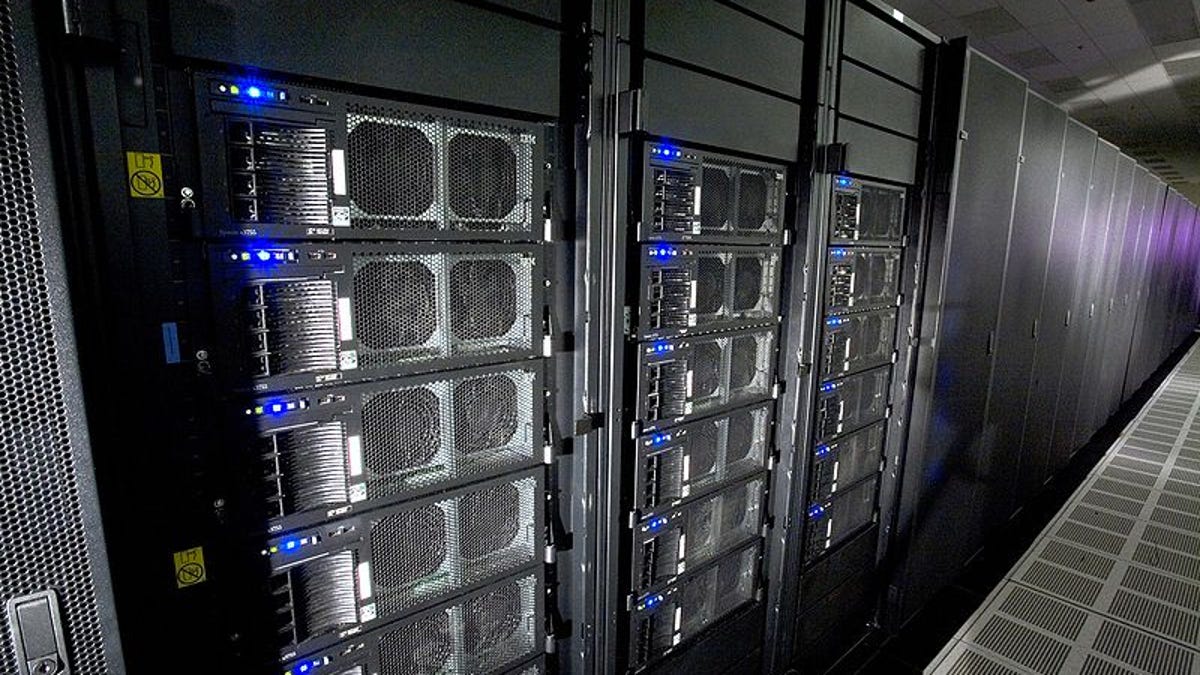Roadrunner supercomputer maps HIV family tree
Researchers are using IBM's Roadrunner to analyze tens of thousands of genetic sequences from individuals with HIV in the hopes of zeroing in on vaccine target areas.

Physicist Tanmoy Bhattacharya and HIV researcher Bette Korber are creating an evolutionary genetic family tree based on samples taken by the international Center for HIV/AIDS Vaccine Immunology consortium, in order to compare the evolutionary history of more than 10,000 sequences from more than 400 people with HIV.
If they can identify common features of the virus as it is transmitted, researchers might be able to create a vaccine that recognizes the virus before the body's immune system reacts to--and mutates--it.
What already sounds like a lot of data, however, could balloon further, hence the importance of Roadrunner. "We are at the cusp of being able to obtain more than 100,000 viral sequences from a single person," Korber said. "For this new kind data to be useful, computational advances will have to keep pace."
Roadrunner, developed by IBM for the Department of Energy (and occupying about 6,000 square feet at the Los Alamos National Laboratory in New Mexico), first broke the petaflop barrier (which means it performed more than one million billion calculations per second) in May 2008. It may soon be known for helping develop a "specially designed" HIV vaccine, Bhattacharya says:
The petascale supercomputer gives us the capacity to look for similarities across whole populations of acute patients. At this scale we can begin to figure out the relationships between chronic and acute infections using statistics to determine the interconnecting branches--and it is these interconnections where a specially-designed vaccine might be most effective.
In addition to helping map the HIV genetic tree, Roadrunner has also recently simulated the Big Bang in an attempt to better understand dark matter, calculating the physics behind 64 billion proto-galaxies, each about the size of a billion of our suns. Once it crunched those numbers (all in a day's work, right?), Roadrunner's results predicted five times more dark matter than astronomers have thus far observed.

